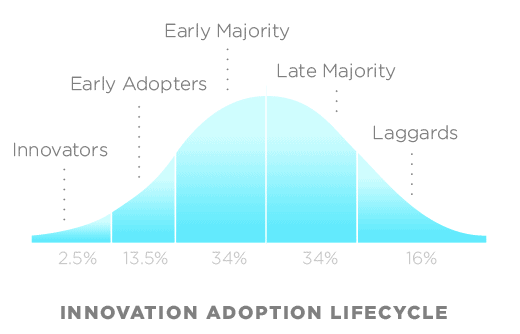Ecommerce is one of the fastest-growing markets in the world. According to the data available on Statista.com, its revenues have increased from $ 1.336 billion in 2014 to $ 4.206 billion in 2020. The same source claims that it will have reached $ 6.542 billion by 2023. As the mobile share of these revenues is on the rise, Web designers face various challenges in delivering an efficient service on online eCommerce consumers. In the rest of this article, you can read more about the current trends dominating this field of UX, directed strictly towards consumers’ satisfaction.
Speed makes a difference
UX-designers preparing to move to the eCommerce niche or already starting there need to bear in mind the importance of speed for clients. On the one hand, the loading speed of the website and its pages are among crucial conversion elements. As presented in a current infographic, slow website speed is one of the major features that kill conversion. Hence, UX-designers need to strip the website of unnecessary details that may reduce the loading speed.
On the other hand, consumers are aiming at faster purchase and checkout procedures. Therefore, UX-designers should add shortcuts for registered or logged-in users to perform their purchases as soon as possible.
High interactivity
Modern consumers have more diversified tastes, especially when it comes to online shopping. Since the number of people shopping via smartphones is constantly growing, there are more and more options for online shopping. One of the most important ones for UX-designers in this sector is increased interactivity. Contemporary shoppers like to customize the services they use as much as possible. In that light, UX-designers should provide various options for registered users, from choosing an avatar or uploading their profile picture to customizing the colors and layout of their profile.
Interactive design is spreading to the world of marketing, from TV advertising and packaging design to digital marketing, explains this master’s degree in visual design and communication. In line with that, eCommerce UX-designers need to keep pace with consumers’ expectations and ensure high interactivity via personalized options.
Increased importance of security
If an eCommerce website owner wants to acquire repeat customers, he or she needs to keep repeatedly convincing them about the security features of that website. The Terms and conditions section is the simplest, yet the most rudimentary way of reaching this goal. As the survey conducted by Deloitte shows, 91% of Americans accept Terms and conditions without reading them. What a UX-designer can do is taking out the most relevant parts and post them to the home page in a visually appealing way. For instance, the return policy, payment methods, and security options you implemented in the website can be some of the features highlighted in that area. And if the designer can create an infographic or an explainer video, most of your visitors will pay attention to that part.
As a result, your business will leave an impression of a caring and reliable eCommerce company, while the UX-designer in question will broaden their horizons.
Transparency and accuracy
It’s extremely important for eCommerce business owners to double-check all the information they publish on their eCommerce website. From prices and return policies to payment solutions and delivery terms, it’s important to build a positive reputation. UX-designers can be valuable assistants in this aspect. For starters, they need to ensure that all these elements are seamlessly implemented in the website design. Testing the position of prices that come with products or the features of the checkout section are only some aspects of accuracy and transparency. These procedures will help you to find the optimal layout of various parts of the eCommerce website to ensure high conversion and, consequently, revenues.
In line with that, UX-designer should notify the website owner whenever he or she discovers the elements that should be removed from or added to the website. The more accurate and transparent the entire e-store is, the more trustworthy it will look to consumers.
Ecommerce is one of the most propulsive sectors of the global economy. As the number of sellers is growing, there are more and more customers, as well. This results in a significantly diversified market in every sense. UX-designers need to understand these trends and adapt to the ongoing changes. Whenever possible, they should take a proactive approach and test different options to provide consumers with innovative features. High-speed website and highlighted security options, as well as interactivity and transparency, will help you win over new customers but also, feel free to try and implement other innovative features for a higher level of clients’ satisfaction.








